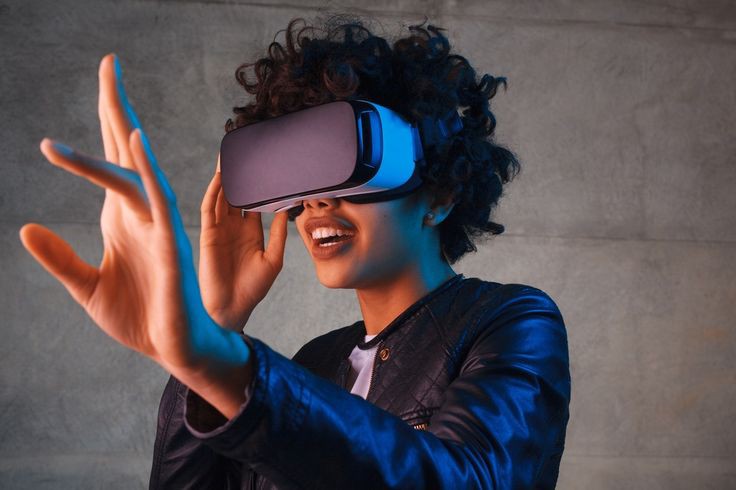Virtual Reality (VR) technology has revolutionized the way designers create, visualize, and validate their work. By providing an immersive, interactive environment, VR allows designers to explore and refine their creations in ways that traditional methods cannot match. Here’s how VR technology can be used to check the validity of designs effectively.
Immersive Visualization
One of the most significant advantages of VR in design validation is its ability to provide immersive visualization. Designers can step into a virtual environment and experience their creations at full scale. This immersion helps identify spatial relationships, proportions, and overall aesthetics that might be missed on a 2D screen or paper. Walking through a virtual space provides a realistic sense of how a design will feel in the real world, allowing for more intuitive adjustments and improvements.
Real-Time Interaction
VR technology enables real-time interaction with designs. Designers can manipulate objects, adjust lighting, change materials, and modify layouts on the fly. This immediate feedback loop helps in quickly identifying design flaws or areas that need improvement. Interactive features, such as simulated use cases or user behaviors, can also be incorporated to test the functionality and practicality of the design.
Collaboration and Communication
VR facilitates better collaboration and communication among team members and stakeholders. Multiple users can enter the same virtual environment, regardless of their physical location, to review and discuss the design. This collaborative approach ensures that all perspectives are considered and that any concerns or suggestions can be addressed promptly. Enhanced communication through VR leads to more informed decision-making and a more refined final product.
Prototyping and Testing
Virtual prototyping and testing are essential for validating designs before physical production. VR allows for the creation of detailed, accurate virtual prototypes that can be tested under various conditions. For example, product designers can simulate how a device will be used in different scenarios, while architects can evaluate how a building performs in various lighting and weather conditions. This level of testing helps identify potential issues early in the design process, saving time and resources.
User Experience Evaluation
Understanding how end-users will interact with a design is crucial for its success. VR provides a platform to conduct user experience (UX) evaluations in a controlled, realistic environment. Designers can observe users as they navigate and interact with the design, gathering valuable insights into usability, comfort, and engagement. These insights can be used to refine the design to better meet user needs and expectations.
Detailed Analysis and Metrics
VR technology offers advanced tools for detailed analysis and metrics. Designers can gather quantitative data on various aspects of the design, such as movement patterns, heat maps, and interaction frequencies. This data-driven approach allows for a deeper understanding of how the design performs and highlights areas that require attention. Using analytics, designers can make informed decisions to optimize the design for better performance and user satisfaction.
Iterative Improvement
The iterative nature of VR design validation supports continuous improvement. Designers can quickly implement changes based on feedback and re-evaluate the design in the virtual environment. This cycle of testing and refinement ensures that the final design is polished and thoroughly vetted. VR reduces the need for multiple physical prototypes, accelerating the development process and reducing costs.
Virtual Reality technology offers a powerful set of tools for checking the validity of designs. Through immersive visualization, real-time interaction, enhanced collaboration, virtual prototyping, user experience evaluation, detailed analysis, and iterative improvement, VR transforms the design validation process. By leveraging VR, designers can create more accurate, user-friendly, and innovative designs, ultimately leading to better outcomes and greater success. Embrace the potential of VR technology to elevate your design validation process and bring your visions to life with greater precision and confidence.

